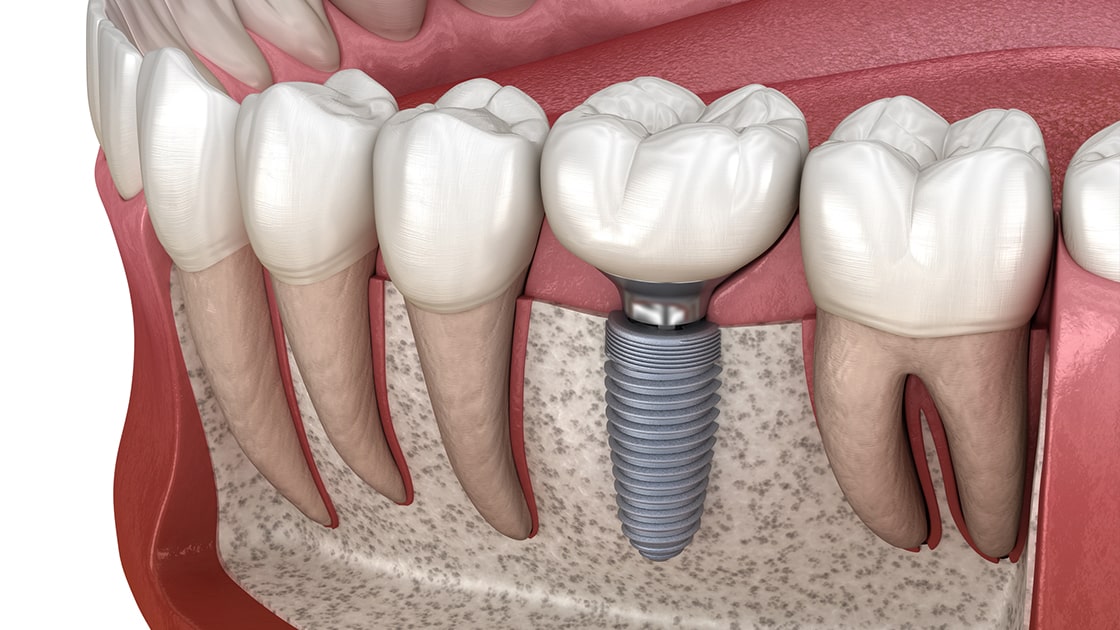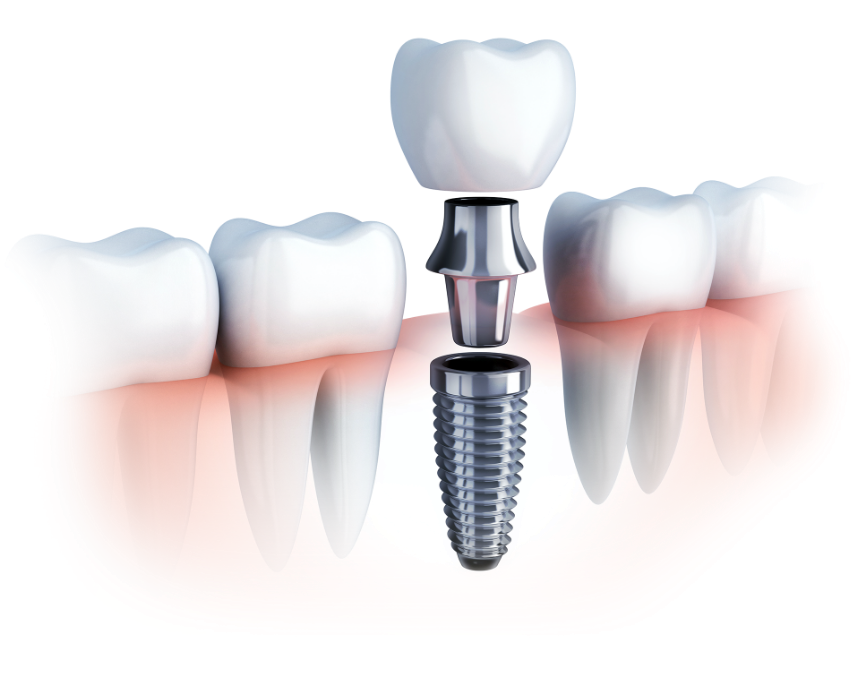Full Mouth Dental Implants Holland MI - Dental Implants Advantages
The journey towards dental implants begins with a radical evaluation of the jawbone's condition. When there is inadequate bone density to help an Your Domain Name implant, bone grafting turns into a vital procedure to recreate a stable basis. Understanding how much bone grafting is required for Related Site dental implants significantly influences the therapy plan, timeline, and general success rate.
The quantity of bone grafting required depends on a quantity of components, together with the extent of bone loss, the implant's measurement, and the particular location inside the mouth. In instances of serious bone loss as a result of periodontal diseases, trauma, or prolonged tooth loss, extra in depth grafting could also be needed. Conversely, if the bone loss is minimal, a smaller graft could suffice.
Dental Implants And Dentures Grandville MI - Implants Dentistry - Dental Implants
The evaluation process typically involves imaging research similar to X-rays or 3D scans, permitting the dental professional to visualise the bone structure (Full Mouth Dental Implants Grand Haven MI). These photographs assist in determining the standard and quantity of present bone. If the bone is deemed insufficient, the dentist will then define the appropriate grafting procedures
Grafting could be sourced from varied areas. Autografts, which contain harvesting bone from the patient's own physique, are sometimes deemed the gold normal. These provide glorious integration with the existing bone but come with the downside of extra surgery. Other options embody allografts, which use donor bone, and synthetic supplies designed to imitate natural bone. Each possibility has its own implications on healing and success rates.
After determining the required amount of bone grafting, the dental professional will create a tailored plan for the affected person. This plan might include the timing of bone grafting in relation to the implant placement. In some cases, a graft could be performed concurrently with the implant surgery. Alternatively, in additional difficult situations, a separate healing period is indicated.
Healing timelines range based on the person's health, the extent of grafting, and the kind of graft used. Generally, the healing of a bone graft takes several months before an implant can be placed. During this time, bone regeneration occurs, resulting in a secure base for the implant.
Dental Implant And Bridges Muskegon MI - Get Dental Implants
Patients typically wonder about the risks associated with bone grafting. While issues such as infection or graft failure are potential, these events are relatively uncommon. Adhering to post-operative care instructions and attending follow-up appointments decrease risks and promote therapeutic.
Once the bone has adequately healed, the dentist assesses the graft's success by evaluating the bone density and stability. If every little thing seems favorable, the next steps toward inserting the dental implant can commence. The success of this next step largely hinges on the standard of the bone graft and its integration with the surrounding bone.
Cost concerns play an essential function within the decision-making course of. The expense of bone grafting varies based mostly on materials used, the complexity of the case, and geographic location. It is essential for sufferers to discuss funds upfront to avoid sudden bills later within the therapy.
Dental Implants Near Me Grandville MI - Dental Implants for Multiple Missing Teeth
Also, patients ought to have realistic expectations regarding the timeline and outcomes. Many components can affect how much bone grafting is required and its general effectiveness. A collaborative method involving the patient and the dental team not only ensures clarity but in addition enhances the chances of a profitable consequence.

Maintaining good oral hygiene and regular dental visits following the process is vital. These practices can prevent problems and make positive that both the graft and the implant remain stable over time. The ongoing relationship with a dental professional is essential, particularly within the months following the procedures.
In conclusion, understanding how much bone grafting is required for dental implants encompasses a multi-faceted method that considers bone quality, grafting varieties, therapeutic time, and general affected person health. The stability between attaining the desired aesthetic and practical outcomes while minimizing risks and issues is at the heart of dental implant procedures. The journey could also be intensive, but a well-planned method maximizes the chances for a profitable, long-lasting lead to restorative dental work.
- Determining the amount of bone grafting required for dental implants typically hinges on the preliminary bone density and volume of the patient's jawbone.
- Each affected person's case is exclusive; factors similar to earlier extractions, periodontal disease, or trauma can affect the need for grafting.
- A 3D imaging scan is often conducted to assess the exact dimensions of the obtainable bone and inform the grafting strategy.
- The type of dental implant placement—immediate or delayed—may dictate the amount of bone grafting needed for stability and integration.
- Different forms of graft supplies, such as autografts, allografts, or synthetic options, can influence how a lot grafting materials is required.
- Assessing the patient's overall health, age, and lifestyle habits can have an effect on the therapeutic course of, influencing graft volume necessities.
- The depth and placement of the implant can necessitate various quantities of graft materials to safe optimum outcomes.
- Successful integration of the dental implant usually depends on sufficient bone density, leading to a tailored grafting approach for each individual.
- Consultation with an oral surgeon will provide a clearer estimate of the bone grafting needed based mostly on complete evaluations and imaging outcomes.
- Post-grafting healing time varies; thus, a careful evaluation is important to determine the final amount of grafting required for successful implantation.undefinedHow a lot bone grafting is required for dental implants?
Dental Implant Dentures Muskegon Heights MI - Dental Implants Overview
What is bone grafting and why is it necessary for dental implants?undefinedBone grafting is a surgical process that adds bone or bone-like material to the jawbone. It is important for dental implants when the prevailing bone is inadequate to assist the implant, making certain stability and long-term success.
How do I know if I need a bone graft for dental implants?undefinedYour dentist or oral surgeon will evaluate your jawbone through x-rays or 3D imaging to discover out its density and quantity. If they find that you just lack enough bone, they'll advocate a bone graft earlier than continuing with the dental implant.
Dental Implants Affordable Wyoming MI - Dental Implants: Surgery, Purpose & Benefits
What elements affect the amount of bone grafting needed?undefinedFactors embody the dimensions and placement of the implant web site, the health and density of existing bone, and individual healing capacity (Dental Implant Wyoming MI). These components assist the dentist decide the appropriate amount of graft material needed
Are there several types of bone grafts used for dental implants?undefinedYes, there are a number of types, together with autografts (from your individual body), allografts (from a donor), xenografts (from animals), and artificial graft supplies. Each kind has distinctive advantages and may be chosen based mostly on individual patient wants.
Dental Tooth Implant Muskegon MI - Dental Implants - Tooth Replacement
How long does the bone grafting procedure take?undefinedThe length varies based mostly on the complexity of the grafting course of and the extent of the area handled. Generally, a bone grafting procedure can take anyplace from half-hour to a few hours, depending on the particular circumstances.
What is the recovery time after a bone graft for implants?undefinedRecovery occasions can differ, however usually, initial healing may take a couple of weeks, whereas complete integration of the graft with the bone can take a number of months. Your dentist will provide a customized timeline primarily based on your situation.

Will I expertise pain after the bone grafting procedure?undefinedSome discomfort is common after a bone graft, but it's usually manageable with prescribed pain treatment. Most sufferers report that pain diminishes considerably within a few days.
Dental Implants Walker MI - Implants Dentistry - Dental Implants
How does bone grafting affect the general dental implant timeline?undefinedBone grafting could prolong the general timeline for receiving dental implants, as it requires a healing period earlier than implants may be positioned. This can add a quantity of months to the process but is essential for a profitable implant placement.

Are there risks associated with bone grafting for dental implants?undefinedLike any surgical procedure, bone grafting carries some risks, such as infection, graft failure, or complications related to anesthesia. However, when performed by an skilled skilled, these risks are typically low.
Can I truly have dental implants positioned immediately after a bone graft?undefinedIn many cases, dental implants cannot be positioned instantly after a bone graft due to the want for the graft to combine into the prevailing bone. However, some techniques, like instant loading, might enable for this underneath specific conditions. Your supplier will advise you on the finest choice based mostly on your circumstances.